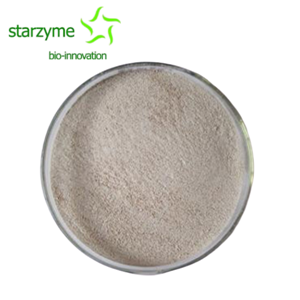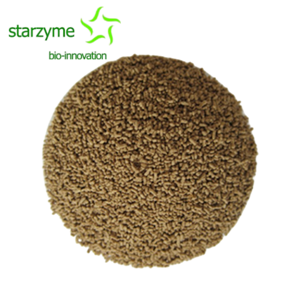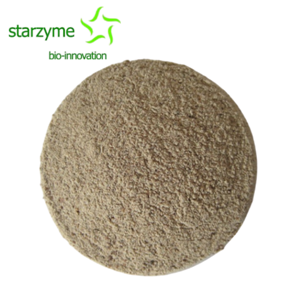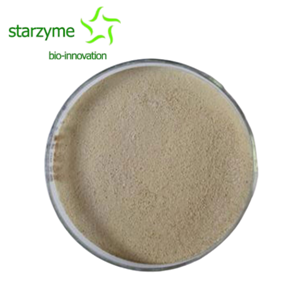Importance of Bacillus licheniformis in Animal Husbandry
With the rapid development of animal husbandry, the management of breeding environment and the maintenance of animal health have become increasingly important. As an effective microbial agent, Bacillus licheniformis has gradually been widely used in animal husbandry due to its good disease resistance and ability to promote animal growth.
Characteristics of Bacillus licheniformis
Bacillus licheniformis is a Gram positive bacterium widely present in soil and animal intestines. It can survive under different environmental conditions and has strong resilience. Bacillus licheniformis can produce various bioactive substances, such as antibiotics, enzymes, and growth factors. These substances not only inhibit the growth of pathogenic microorganisms, but also promote animal digestion, absorption, and growth and development.
Application of Bacillus licheniformis in animal husbandry
Promoting animal growth: Bacillus licheniformis can increase the feed conversion rate of animals, promote growth, shorten the fattening cycle, and thus improve breeding efficiency.
Improving intestinal health: Bacillus licheniformis can regulate the gut microbiota, inhibit the growth of harmful bacteria, enhance animal immunity, and reduce the incidence of digestive system diseases such as diarrhea.
Improving feed utilization: By decomposing anti nutritional factors in feed, Bacillus licheniformis can increase the digestibility and utilization of feed, reducing feed waste.
Environmental protection: Bacillus licheniformis can reduce harmful substances such as ammonia nitrogen produced during the breeding process, improve the breeding environment, and reduce the impact on the surrounding ecology.
Usage steps
Choose the appropriate product: There are various lichen spore preparations on the market, and farmers should choose the appropriate product based on the type of animal, feeding method, and specific needs. It is recommended to choose certified biologics to ensure their safety and effectiveness.
Preparation of feed: Proper preparation of feed should be made before applying Bacillus licheniformis. It can be ensured that the feed is evenly distributed through crushing, mixing, and other methods, which facilitates subsequent addition.
Preparation of feed additives: According to the product manual, dilute or directly mix the lichen spore preparation into the feed in proportion. In general, the addition amount is 1-5 kilograms of Bacillus licheniformis preparation per ton of feed, which can be adjusted according to the product instructions.
Application method:
Direct mixing: Mix the prepared lichen spore preparation evenly into the feed to ensure that each feed contains sufficient lichen spore.
Water soluble additives: For drinking water systems, Bacillus licheniformis preparations can be dissolved in drinking water for animals to drink. At this time, the dilution ratio is generally 1:1000 to 1:5000, which can be adjusted according to the product instructions.
Application frequency: It is generally recommended to apply Bacillus licheniformis during the critical growth period of animals (such as weaning, fattening period, etc.), once every 2-4 weeks, to maintain the activity of gut microbiota.
Observation effect: After application, the growth and health status of animals should be regularly observed. Evaluate the application effect of Bacillus licheniformis through indicators such as weight monitoring, feed conversion rate, and disease incidence.
Precautions
Avoid mixing with chemical agents: As a biological agent, it is best to avoid mixing with antibiotics and other chemical agents to avoid affecting its activity and effectiveness.
Storage conditions: Bacillus licheniformis preparations should be stored in a cool and dry place, avoiding high temperatures and humidity to maintain their activity.
Reasonable application: Adjust the application amount and frequency according to the growth characteristics and feeding environment of different animals to achieve the best effect.
Regular monitoring: During the breeding process, the health status and feed utilization rate of animals should be regularly monitored, and breeding management measures should be adjusted in a timely manner.
Bacillus licheniformis, as an efficient and environmentally friendly biological agent, is gradually changing the management methods of traditional animal husbandry. Through scientific and rational application, farmers can effectively improve the growth rate and health level of animals, reduce the incidence of diseases, and achieve the goal of sustainable development. I hope more farmers can recognize the value of Bacillus licheniformis and actively apply it in practical farming to promote the healthy development of animal husbandry.




